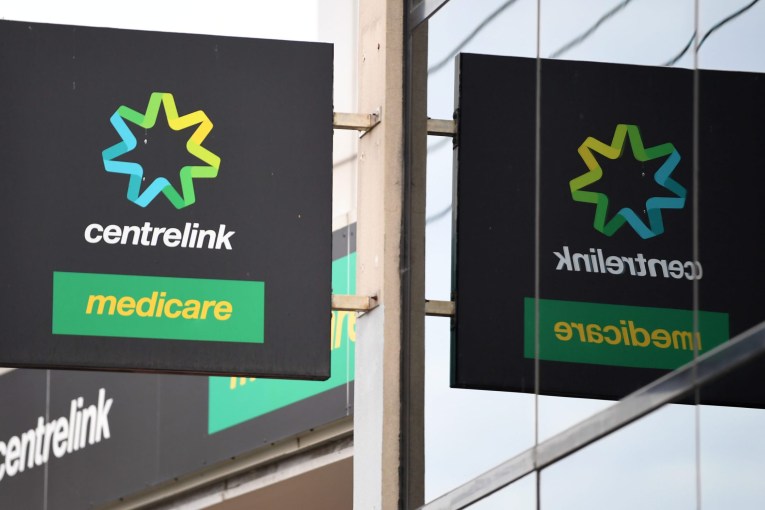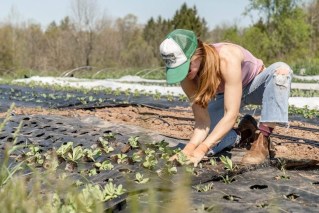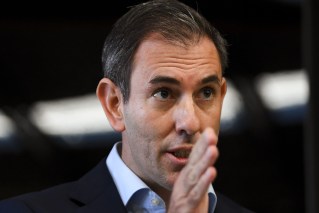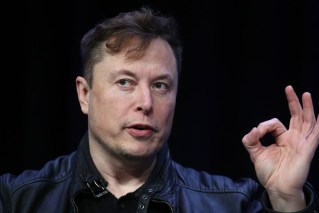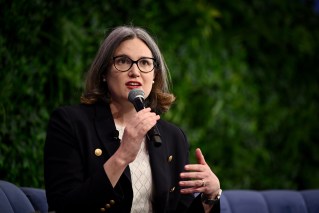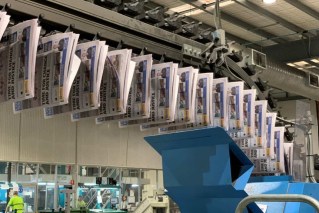NQ a green powerhouse as hydrogen industry follows the sun
North Queensland could be the home of Australia’s green hydrogen industry with the cheapest cost of production by next year, according to a research report by the Victorian Hydrogen Hub.

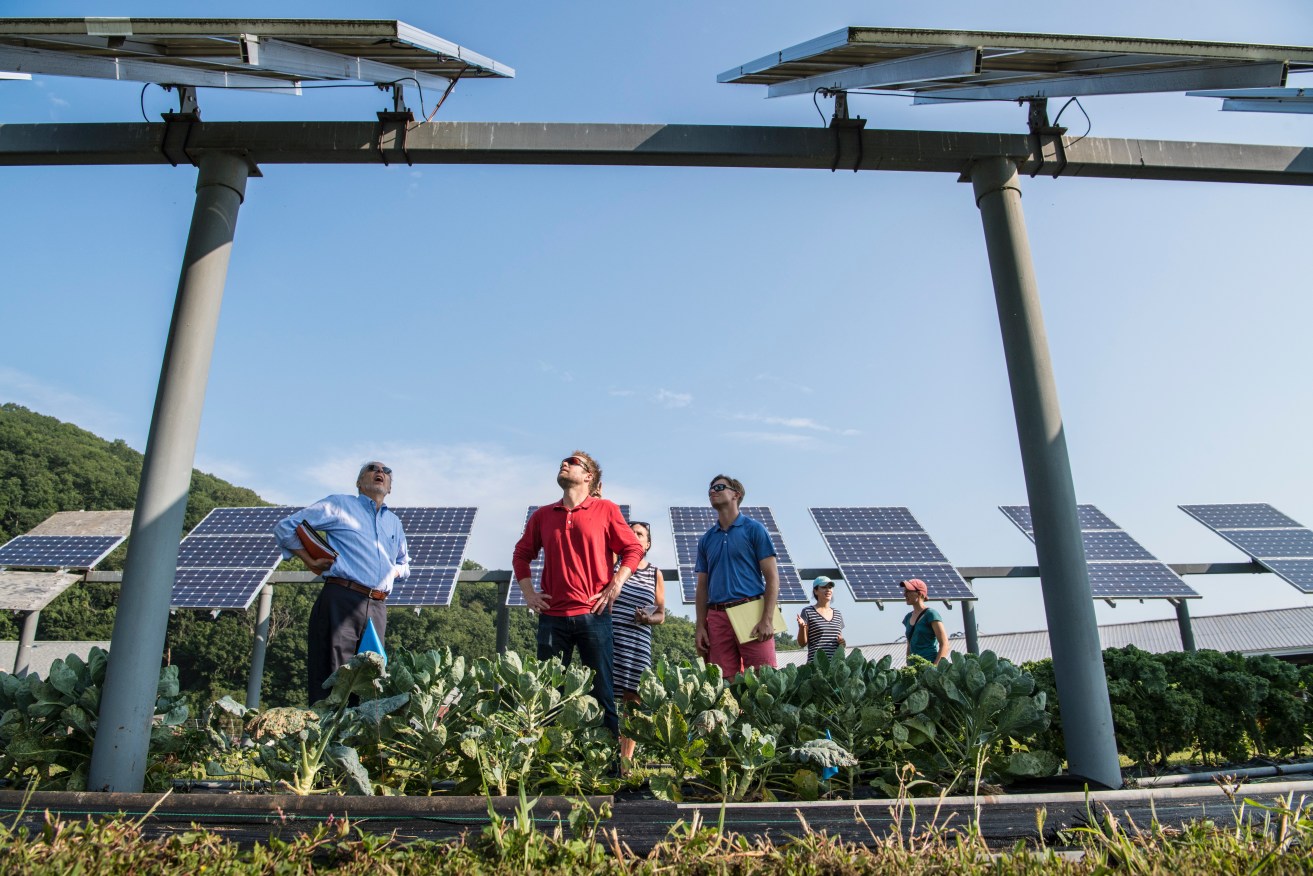
Abundant solar energy could mean North Queensland could become the cheapest producer of green hydrogen (Photo: Supplied)
“By the end of the decade, the north Queensland coast could become the hydrogen powerhouse. By 2040, dirt-cheap solar should make inland areas across New South Wales, Queensland, Victoria and South Australia the lowest cost producers,” according to the hub’s senior research fellow Steven Percy.
He said the region would benefit from abundant solar energy which could be used to generate the electricity needed to produce CO2-free green hydrogen while demand would be driven by the decarbonising of economies in Japan, South Korea and parts of Europe.
“My research with the Victorian Hydrogen Hub shows that by next year, the lowest cost location for green hydrogen would be far north Queensland ($4.1 a kilogram) and Tasmania ($4.4 a kg) due to high renewable resources,” Percy said.
“By 2030, northern Queensland’s coastal regions could be the Australian hydrogen powerhouse due to a combination of cheap solar and access to ports.”
Even at that cost, hydrogen is a long way from being commercially viable, but Percy cites CSIRO research which showed that electrolyser costs would fall by 83 per cent by 2040 and the sunny areas like central and northern Queensland could produce at $1.70 a kg.
Writing in The Conversation, Percy said a $50 billion export industry using water for the hydrogen production would use about 4 per cent of the volume currently used for crops and pastures and more water could be freed up as coal fired power stations, which currently use 158,000 megalitres in NSW and Queensland, exit the grid.
Desalination could also be used as costs fall.
Percy’s research could be a boost for the likes of Townsville-based Sun Metals and its green hydrogen strategy as well the CopperString project, which could be used to transport electricity from the high solar areas around Hughenden to the coast.
Energy Strategist at Solar Citizens Stephanie Gray said it was “pretty staggering” that the Federal Government was overlooking Townsville as a priority location for hydrogen hub funding when the evidence showed that north Queensland was the cheapest place in the country to produce renewable hydrogen.
She said the Government had allocated $464 million to enable the rollout of hydrogen hubs across seven prospective regional sites, which included Bell Bay (TAS), Darwin (NT), Eyre Peninsula (SA), Gladstone (QLD), Latrobe Valley (VIC), Hunter Valley (NSW), and Pilbara (WA).
“There are already three major renewable hydrogen projects proposed for Townsville. Industry has recognised this region’s potential and now it’s time for the Morrison government to see it too,” Gray said.
“Queensland has been an exporter of energy for a long time and into the future we can continue to power the world by producing renewable hydrogen for export. Investing in new clean industries is how we create good, future-proof jobs for Queenslanders.
“But so far Queensland has largely missed out on federal funding for energy because, unlike states like New South Wales, South Australia and Tasmania, an Energy and Emissions Reduction deal has not been announced for the Sunshine State.”
Queensland’s attempts at building a hydrogen industry received a boost by a deal between Sojitz, CS Energy and Nippon Engineering which will export a small amount of hydrogen to Palau where it would be used to assess the potential of renewable hydrogen for use in fuel cells and marine vessels.
The green hydrogen for the project would be supplied from CS Energy’s Kogan renewable hydrogen demonstration plant, which will be built on the Western Downs and produce renewable hydrogen from behind-the-meter solar energy.
Fortescue Future Industries is also building a catalyser factory in Gladstone and examining the idea of turning Incitec Pivot’s Gibson Island into a hydrogen facility.
“Australia is exceptionally well placed to deliver these alternatives with world-beating renewables resources and ports set up for our existing fossil fuel exports such as coal and LNG,”’ Percy said.
